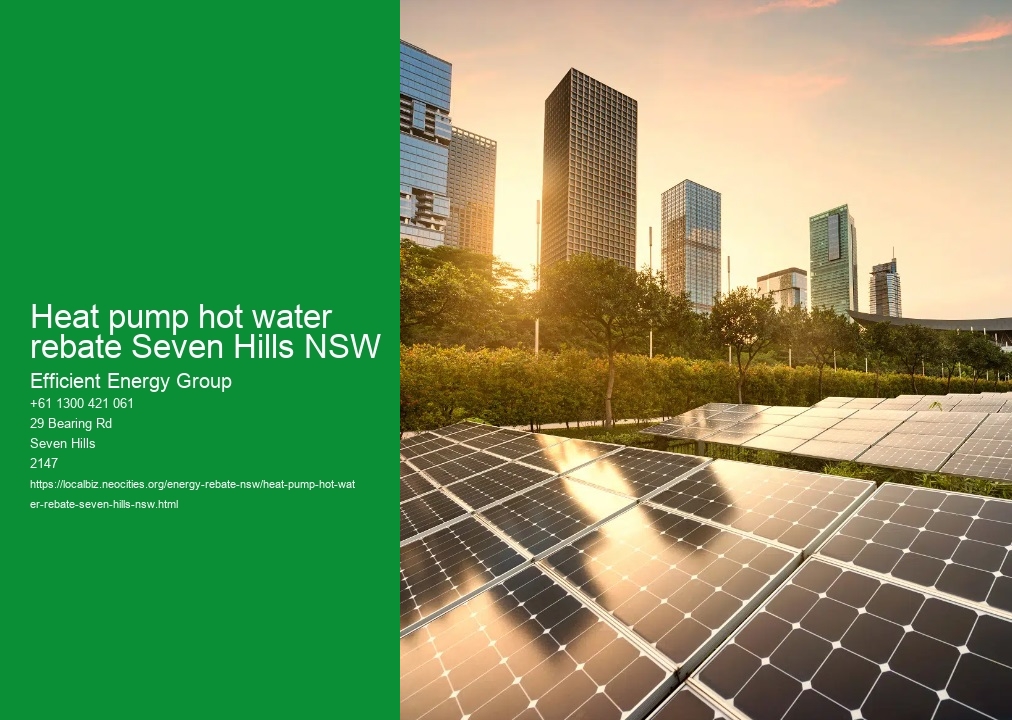Recognizing the NSW Air Conditioning Discount: A Comprehensive Guide
Intro
In an age where climate modification is influencing weather condition patterns and making summers hotter, a/c has actually ended up being much less of a high-end and even more of a need. air conditioning rebate near NSW . Acknowledging this, the New South Wales federal government in Australia has actually executed a cooling discount program to help families handle the expenses of remaining cool. This article looks into the specifics of the NSW air conditioning refund, its benefits, qualification criteria, application process, and its general effect on citizens and the setting.
The NSW Cooling Discount: An Overview
The NSW a/c refund is part of the federal government'' s effort to give financial help to houses for the installation and usage of air conditioning systems.
Heat pump hot water rebate Seven Hills NSW - tankless
- federal tax
- federal tax
- federal tax
Qualification Requirements
To receive the refund, applicants must meet particular requirements:
Residency: Candidates must be residents of New South Wales.
Revenue Test: The refund is targeted at low to medium-income families. As a result, candidates should supply evidence of income or hold a legitimate giving in card.
Air Conditioning Device Specifications: The cooling device must meet specific power effectiveness standards. federal tax Just versions with a high energy star rating are eligible.
Installation Needs: The installment of the a/c system should abide by details requirements and, in some cases, be carried out by accredited specialists.
Looking for the NSW a/c rebate entails numerous actions:
Verification of Eligibility: Applicants should initially guarantee they fulfill all the qualification requirements.
Acquisition and Installation of A/c Device: Eligible applicants can continue to acquire and mount an accepted a/c system.
Documentation: Keep all receipts and paperwork of the purchase and setup.
Online Application: Total the online application form available on the NSW government internet site, affixing all essential paperwork.
Approval and Refund Handling: Once the application is authorized, the rebate amount is processed and paid out to the applicant.
The Refund Amount
The refund quantity differs relying on numerous aspects such as the type of air conditioning device, its energy performance rating, and the candidate'' s revenue level. Usually, the rebate can cover a significant portion of the acquisition and setup costs.
Benefits of the Discount Program
Financial Relief: The most immediate benefit is the financial alleviation it provides to homes, making a/c much more economical.
Motivating Energy Performance: By incentivizing the purchase of energy-efficient designs, the program promotes ecological sustainability.
Wellness and Comfort: A/c can be critical for wellness and comfort, specifically for prone populaces during extreme heat.
Boost to the Economic climate: The program can promote the neighborhood economic climate by increasing need for a/c units and installment solutions.
Ecological Effect
While a/c are necessary for comfort, they can have ecological ramifications. The NSW air conditioning discount program addresses this by:
Advertising Energy-Efficient Versions: Minimizing energy usage decreases greenhouse gas emissions.
Informing Consumers: The program also functions as a system to educate the public about energy-efficient techniques.
Difficulties and Considerations
Despite its benefits, the rebate program deals with difficulties:
Recognition: Making certain that eligible households are aware of the program is vital.
Complexity of Application: Streamlining the application procedure can motivate much more applications.
Stabilizing Need and Supply: The boosted need for cooling systems have to be met without triggering cost rising cost of living.
Future Potential customers
Looking in advance, the NSW cooling refund program can increase or advance in several means:
Raised Financing: Extra funding can increase the rebate quantity or number of recipients.
chromagen hotMore Comprehensive Qualification Standards: Increasing eligibility standards might make the program easily accessible to a lot more houses.
Incorporating Renewable Energy: Future models of the program can consist of rewards for systems powered by renewable energy resources.
Conclusion
The NSW a/c refund program represents a considerable step towards making cooling a lot more inexpensive and ecologically lasting. By supplying financial support and promoting energy-efficient designs, the program not just aids households in taking care of summertime warmth but additionally contributes to more comprehensive ecological objectives. As the program advances, it has the potential to make an even more substantial impact on the lives of NSW citizens and the setting.
